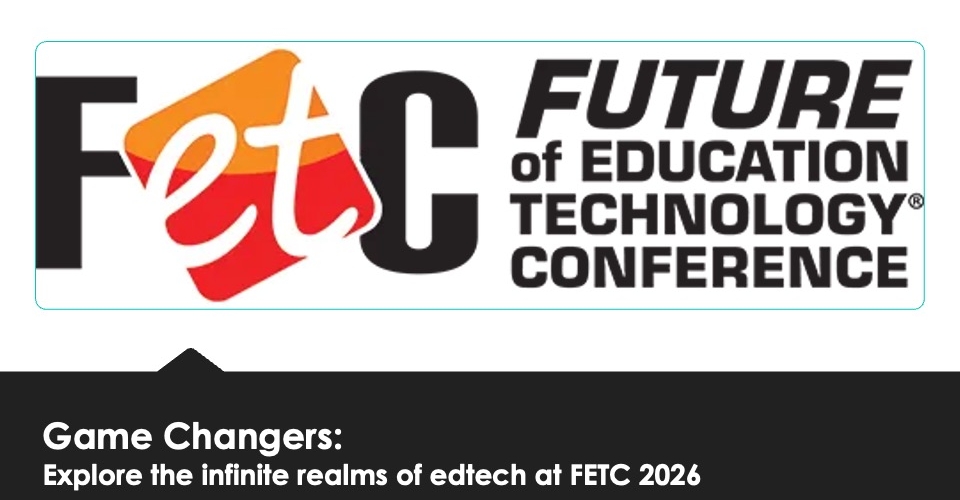The 2024–25 school year will be remembered as a turning point for student transportation in America. It wasn’t just another academic cycle—it laid bare the evolving demands facing districts and families alike.
From surging student needs to sharper regulatory oversight, this year underscored a hard truth: our systems must modernize or risk leaving vulnerable students behind.
Below are five clear takeaways — and a blueprint for how we must move forward.
1. Equity is a transportation imperative
Today’s school transportation can’t be designed for a “typical” student because that student doesn’t exist. Variety is the norm, and districts are continuing to rise to this opportunity.
Since 2020, we’ve seen the number of McKinney-Vento riders—students experiencing housing instability—has grown by 167%, reaching more than 17,000 students this past year alone. This surge reflects a deeper national trend, with youth housing instability rising 39% over the same period. Meanwhile, demand for specialized transportation for students with medical or developmental needs continues to climb steadily.
Districts and providers must build systems that deliver equitable access to school every day, no matter a student’s circumstances. Transportation is not just a logistics function; it’s a cornerstone for attendance, learning, and well-being.
2. Visibility builds trust—and it’s now expected
Parents and administrators no longer see GPS tracking or live trip notifications as nice extras—they expect them. Caregivers want to know when a vehicle arrives, where it is en route, and that their child got to school safely.
We’ve invested heavily in rolling out in-vehicle cameras, which add a layer of security and accountability for students and drivers alike. Visibility tools don’t just answer questions; they build trust and peace of mind at a time when safety concerns are top of mind.
3. Tech is not the future—it’s the foundation
Districts aren’t just dabbling in technology; they’re embedding it at every level. In fact, 99% of districts now have formal modernization plans in place, according to an EverDriven study.
Tools like smart routing, real-time parent apps, and driver performance monitoring via telematics are already reshaping how services are delivered. The lesson from this year is clear: technology must be intentionally woven into the DNA of transportation systems.
4. Flexibility is the new stability
Budget constraints, evolving enrollment, and shifting funding streams are the new normal. With federal funding adjustments expected in FY 2026, districts need partners who can scale seamlessly.
We’re seeing growing demand for more flexible vehicle options, alternative route models, and even on-demand solutions that adapt to the reality of each community. The old one-size-fits-all approach simply won’t hold up against modern demands.
5. Compliance can’t be an afterthought
This year also showed us that compliance must be proactive, not reactive. Regulatory shifts, like California’s SB88, point to a future with well-defined standards and heightened scrutiny.
Districts and providers alike need systems that make compliance automatic—from rigorous driver training to automated reporting and continuous background checks. Staying ahead of changing rules is no longer optional; it’s essential for student safety and district trust.
Where we go from here
The 2024–25 school year reminded us that student transportation is about more than moving kids from point A to B—it’s about ensuring that every student, regardless of their circumstances, arrives at school safely and ready to learn.
For districts and providers, the path forward is clear: build systems that prioritize equity, embed transparency, design for change, and embrace technology as a core strength — not an add-on.
Modernization is no longer optional. It’s essential for meeting the evolving needs of students, caregivers, and communities everywhere.



